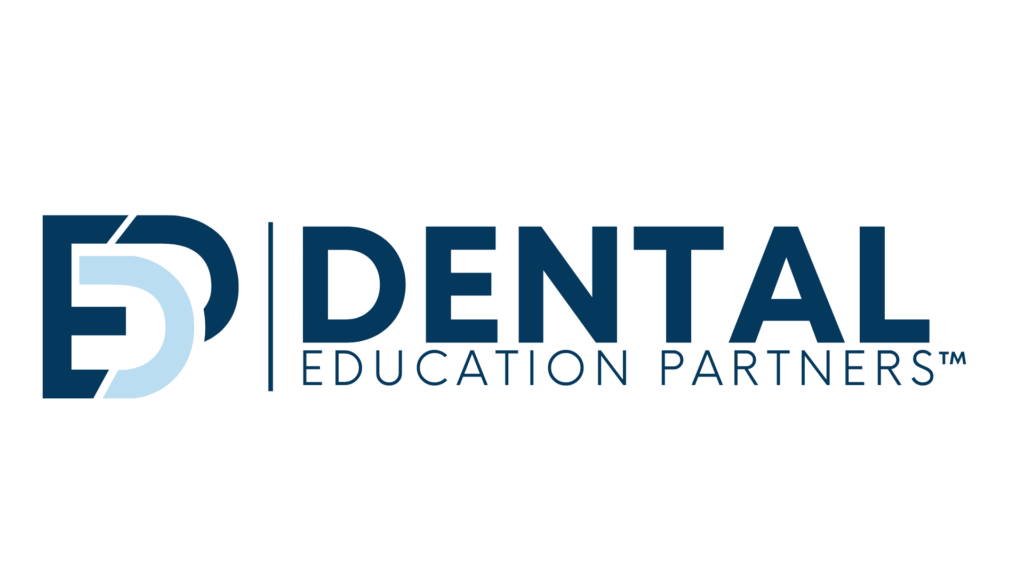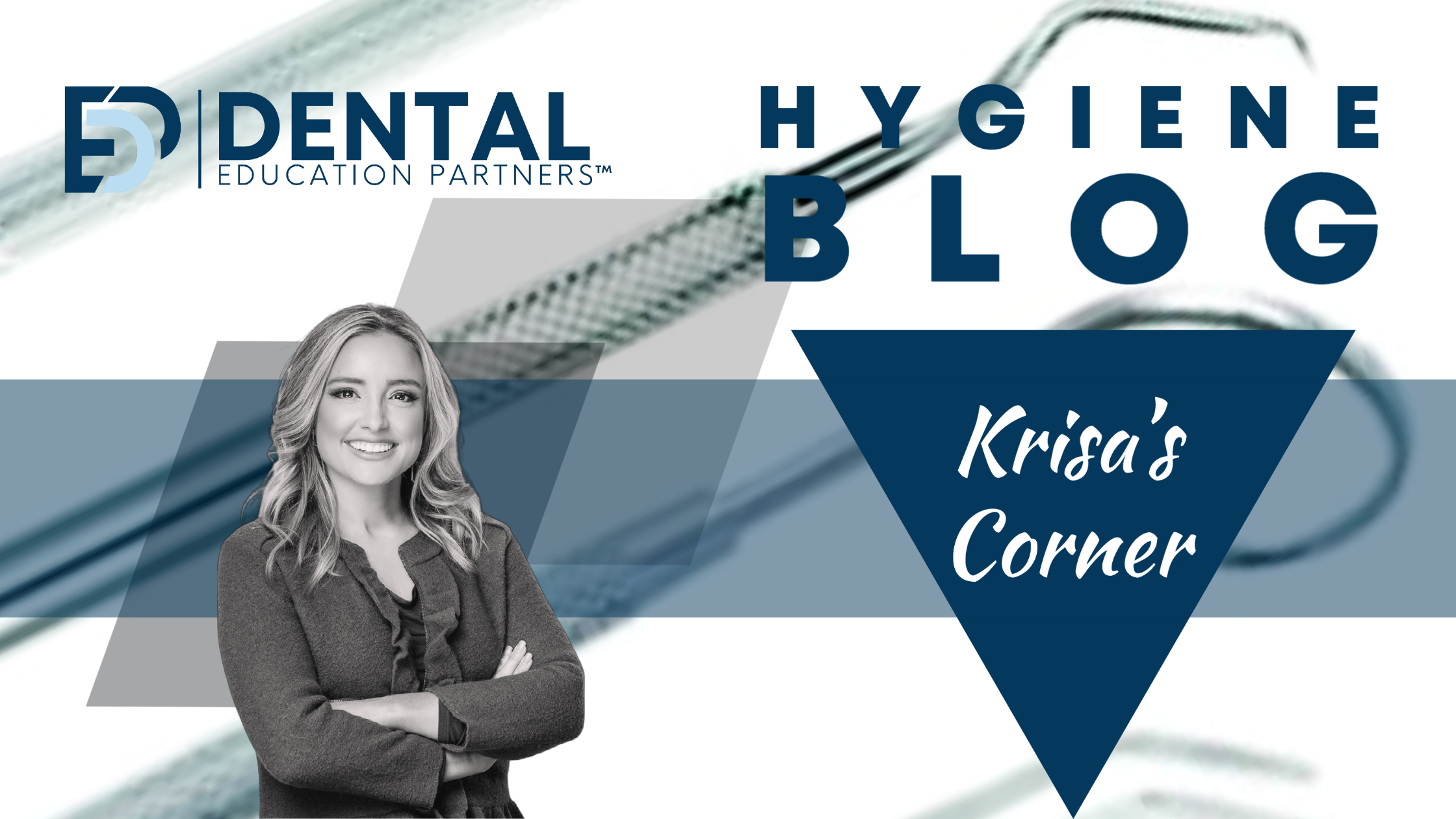As with any chronic disease diagnosis, the initial action for the clinician is to arrest and reduce the immediate negative impact of the disease. Once stability has been achieved and the immediate threat of destruction has been controlled, we must educate and engage the patient in ongoing disease management moving forward. At subsequent Perio maintenance appointments, patients will often ask one of two questions: “Can I go back to a regular cleaning?” or “What is the difference between a Perio maintenance and a regular prophy?” These are legitimate and common questions, and how we answer them and the timing of sharing this information is essential.
To help patients understand the difference between a prophy and Perio maintenance cleaning, use simple language. Explain that a prophy is meant to “prevent” disease in a healthy mouth, while a Perio maintenance cleaning is intended to “maintain” the disease in a remissive state. In this case, Periodontal disease, which is a chronic bacterial disease of the gums and bone surrounding the teeth. The bacteria can travel to other parts of the body if left untreated, which can lead to tooth loss and contribute to other systemic issues. It is important to schedule Perio maintenance every 3-4 months to reduce the bacterial load to a level that the immune system can manage. If patients want to learn more about periodontitis and its connection to overall health, this resource is a great place to start: periodontitis | American dental association (ada.org)
If your patient is a visual learner, you may want to include visual aids such as diagrams, pictures, or models to help them understand the difference between a prophy and Perio maintenance cleaning. This will make it easier for patients to grasp the concept and will also serve as a helpful reference for them in the future. For example, ARESTIN-Education-Card.pdf (arestinprofessional.com).
The goal is to use patient-friendly language and avoid technical jargon as much as possible. This will make it easier for patients to understand the information and will make them feel more comfortable asking questions or seeking clarification. Ultimately, building trust and establishing a stronger patient-provider relationship can lead to better patient compliance and improved outcomes.
The best time to have these conversations with the patient is at the first encounter. Before probing, it is crucial to educate new patients about the types of cleanings. Informing them that a comprehensive examination of their gums will be done to check for infection and to determine the type of cleaning needed. Telling them what the numbers mean before probing keeps the patient engaged during the process. Once diagnosed and initial therapy is performed, there must be an explanation of the need to return for follow-up Perio maintenance. Here is an example:
Patient: “My teeth were just cleaned; why do I need to come back in a month for another cleaning?”
Hygienist: “Perio maintenance is a therapeutic cleaning following scaling and root planing. You have been diagnosed with periodontal disease for which there is no cure. Today we removed the hard deposits on your tooth and root. It takes 4-6 weeks to fully heal and gain reattachment. We will need to re-measure to check for healing. The application of medication may need to be administered to further the healing process. We will also polish and go over a customized homecare regimen as well.”
Patients should be advised that missing their follow-up appointments will risk reinfection. If a patient has been coming in for regular Perio maintenance and is healthier and compliant, they may ask, for example, “Can I go back to a regular cleaning”? I would answer that by saying, “If someone has diabetes and they do not check their sugar often, do you think that person would be at risk? The answer is yes. Periodontal disease is the same way. It can be maintained but not reversed. It can remain stable but not without professional intervention and patient compliance. If the patient misses appointments, as we see often, they always need additional therapy to get them back to a healthy and stable status.
At each subsequent Perio maintenance visit, hygienists should use the same repetitive language of how important it is to stay on a 3-4mrc to prevent further regression and to keep the disease in remission. Explain that special instruments will be used to access areas even floss cannot reach. Reiterate the need for probing at every visit to offer clinical judgment of disease status. Encourage the patient to take ownership of their health by introducing new ways to improve oral hygiene. Remember that identifying changes in stability earlier on prevents full-blown disease. It takes working as a team. We can ensure success and improved clinical outcomes by emphasizing the importance of oral hygiene and effective home care at each subsequent visit.
For a prophy appointment, the same is true as far as educating and homecare; the difference is probing once a year as opposed to every visit. Make sure the patient knows the difference. Use your professional judgment, as every case is different. Open communication is key.
I hope this blog helps you effectively communicate the difference between prophy and Perio maintenance to your patients. It is important to emphasize the need for regular care intervals and to provide personalized explanations based on each patient’s unique needs and concerns. Sharing this knowledge with non-clinical team members or creating scripts that the entire team can use can be a terrific way to ensure consistency in communication.



Make the periodontal maintenance visits different for the patient. From the scaling and root planing appointment to each and every perio maintenance appointment, find a way to make it different for them. I don’t mean just patient education. They need to feel or have something different done in that appointment to see more value in it.
A team approach to care is key! Every hygienist in the office has to be on board with perio disease identification and treatment. The general dental practice I worked at had five of us dental hygienists with a team of two dentists. The owner sold the practice and a dental service organization DSO came in . A stronger periodontal program was implemented and more patients were recognized as having periodontal disease. It can be tricky when this happens and a shift within the practice happens to identify the periodontal issues. It’s helpful when periodontal disease recognition and treatment becomes a team approach.
We held monthly dental hygiene meetings and blocked time in the schedule to be accountable for them. My suggestion was and is to provide chlorhexidine irrigation with an irrigating syringe in the patient’s inflamed areas or quadrants that were provided treatment in. Hygienists should explain that they are providing a medicament that will last 12 hours to help further annihilate the bacteria . I suggest doing it at every periodontal maintenance appt and also at scaling and root planing appointments that preceded them. We never charged for the irrigation but there is dental cpr code to do so if offices prefer. The patients I cared for never questioned the change in treatments or fees when this method was followed. I had strong compliance as a result.
Whatever approaches dental offices choose to adopt as part of the “doing something different” approach, consistency amongst the team. Patients will not question their perio treatments if they see value in what they are getting and have had it explained to them thoroughly.
You are right! I do think it’s important to do something more at a periodontal maintenance cleaning such as irrigating. I do irrigate at every SRP as well as subsequent PM appointments! 🙂 I’m glad you pointed out that every hygienist needs to be on the same page because that’s super important. Patients should be receiving the same care no matter who they see. Having a team approach and patient centered care is crucial to improving clinical outcomes, building trust, and creating value in the appointment. When recommending additional services, I approach the patient by saying phrases like, “according to a recent study”, “evidence shows”, or “we have found that…” to not only educate them, but also help build trust by showing the patient that I keep up with the latest studies and truly care about providing the best care to improve their health!
Great article and ‘spot on’! You have hit the main targets for patients to understand what is happening with their oral, as well as overall health and wellness. Goes back to the “people don’t care how much you know, until they know how much you care!” Connecting the mouth to the rest of their overall health can help patients see that if their mouth is not healthy, they cannot be healthy with the pathogenic bacteria flowing through every part of their body. These steps and verbiage show true concern for patients and helps the hygienist become the patient advocate. I love how you simplify the process! It doesn’t take much time to do, and fulfills a hygienist desire to truly do the best treatment for all patients.
Thank you Sherrie! It is of utmost importance to educate patients on their oral health as well as their overall health. Showing compassion and educating patients is my #1 priority!
Thanks for explaining the difference between Prophy and Perio. Sometimes it can be difficult to understand a dental procedure due to the medical terms. As a patient I like my dental procedures explained to me in a way I can truly understand. This blog is wonderful cos you explained dental procedures that I can understand.
Thank you for the feedback, Mrs. Parker. I’m happy that you now have a better understanding.
thank you